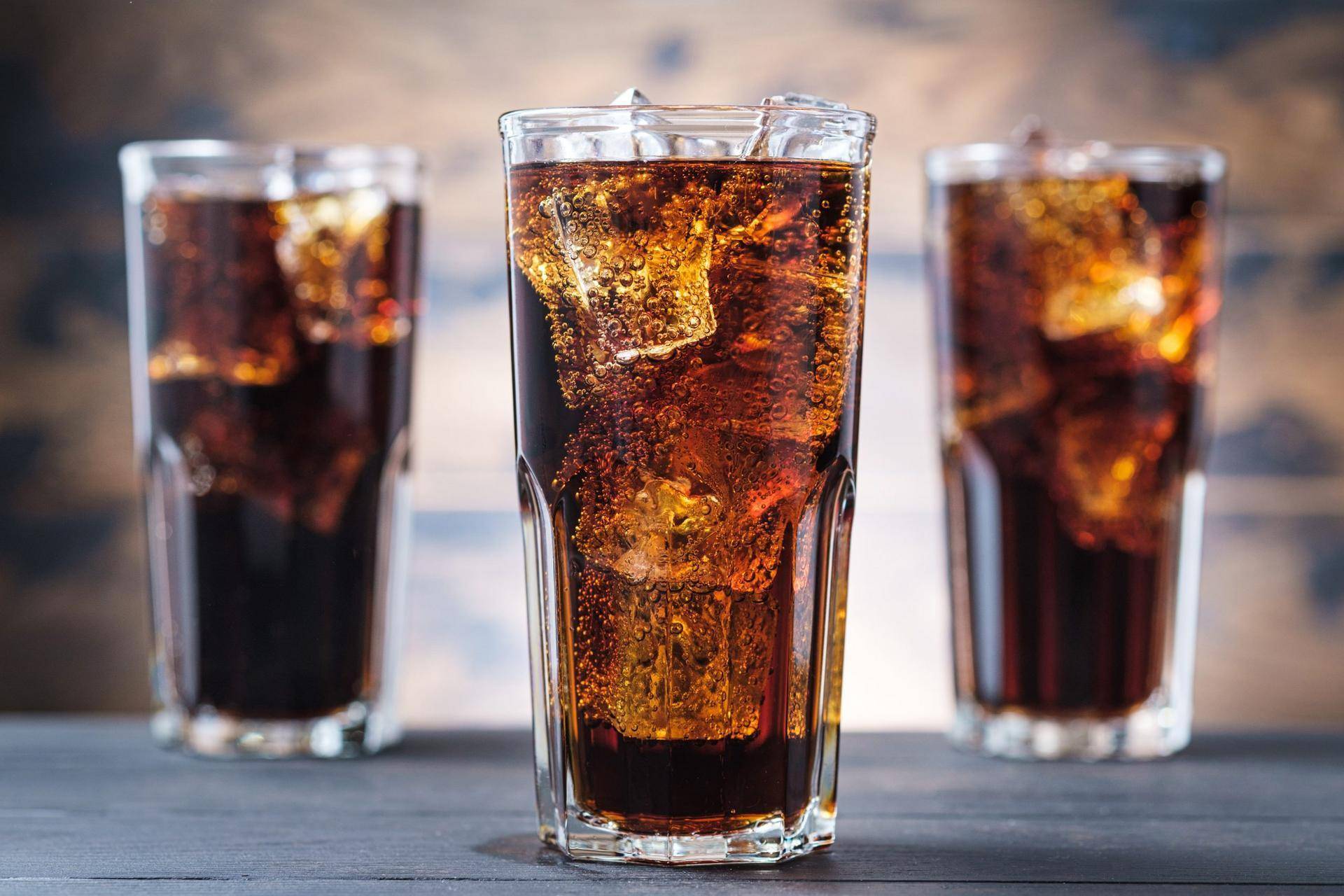By Cindy Nelson
Caffeine can provide a boost of energy, help you become more alert and improve your mood. Sounds great, right? Unfortunately, many people don’t realize that caffeine is a drug that stimulates the nervous system and can cause negative side effects.
Depending on the amount of caffeine consumed, one or more of the following may occur: jitteriness, anxiety, irritability, increased blood pressure, stomach irritation, decreased length and quality of sleep, headaches, and abnormal heart rhythm.
The impacts of caffeine and the intensity of side effects can differ for everyone. What is okay for one person could be too much for another. The key is to watch for adverse side effects and decrease or avoid caffeine intake. Extremely high caffeine ingestion can trigger serious health problems such as heart attack, stroke or even death. Caffeine can cause serious health challenges for children.
The Mayo Clinic recommends the following daily limits of caffeine:
- Adults: less than 400 mg/day
- Adolescents: less than 100 mg/day
- Children: 0 mg/day
Caffeine can be harmful to some groups of people. Seek advice about caffeine consumption from your health care provider if you are pregnant, breastfeeding, have a sleep disorder, migraine, anxiety, GERD, ulcers or high blood pressure. Problems with heart rhythm, heart rate and certain medications can also have detrimental consequences.
If consumed regularly, a person can become dependent on caffeine. As little as 100 mg/day can cause dependency, so monitor your intake. The chart below shows commonly consumed caffeinated beverages and the amount of caffeine they contain.
| Name | Standard Amount | Caffeine in Standard Amount | Caffeine in 16 Oz. |
| Energy Drinks | |||
| 5-Hour Energy | 2 oz. | 200 mg | 1,600 mg |
| Sobe No Fear | 16 oz. | 182 mg | 182 mg |
| Monster | 16 oz. | 172 mg | 172 mg |
| Rockstar | 16 oz. | 160 mg | 160 mg |
| Red Bull | 8.4 oz. | 79 mg | 151 mg |
| Coffee, Tea | |||
| Brewed Coffee | 8 oz. | 163 mg | 324 mg |
| Average Coffee | 8 oz. | 95 mg | 190 mg |
| Iced Tea | 8 oz. | Average of 47 mg | 94 mg |
| Soft Drinks | |||
| Mountain Dew | 12 oz. | 54 mg | 72 mg |
| Coke | 12 oz. | 34 mg | 45 mg |
| Diet Coke | 12 oz. | 45 mg | 60 mg |
| Pepsi | 12 oz. | 38 mg | 51 mg |
| Sprite | 12 oz. | 0 mg | 0 mg |
| Others | |||
| Chocolate Milk | 8 oz. | 5 mg | 10 mg |
| Dark Chocolate | 1 oz. | 20 mg | 320 mg |
| Milk Chocolate | 1 oz. | 6 mg | 96 mg |
| Cold Relief Meds | 1 tablet | 30 mg | |
| Vivarin | 1 tablet | 200 mg | |
| Excedrin | 2 tablets | 130 mg | |
To reduce caffeine consumption, gradually swap caffeinated drinks with non-caffeinated drinks. Read labels on drinks, food and medications to determine caffeine content, and stay away from those that contain high amounts. Replace your caffeinated beverage with water. Water can help flush caffeine out of your system and keep you properly hydrated. Indications of caffeine withdrawal include drowsiness, headaches, irritability or trouble concentrating, but symptoms should last only a few days. Monitoring your caffeine consumption and following these recommendations and guidelines can lead to improved health and a longer life.
To view all references, see the article on Extension.usu.edu.

